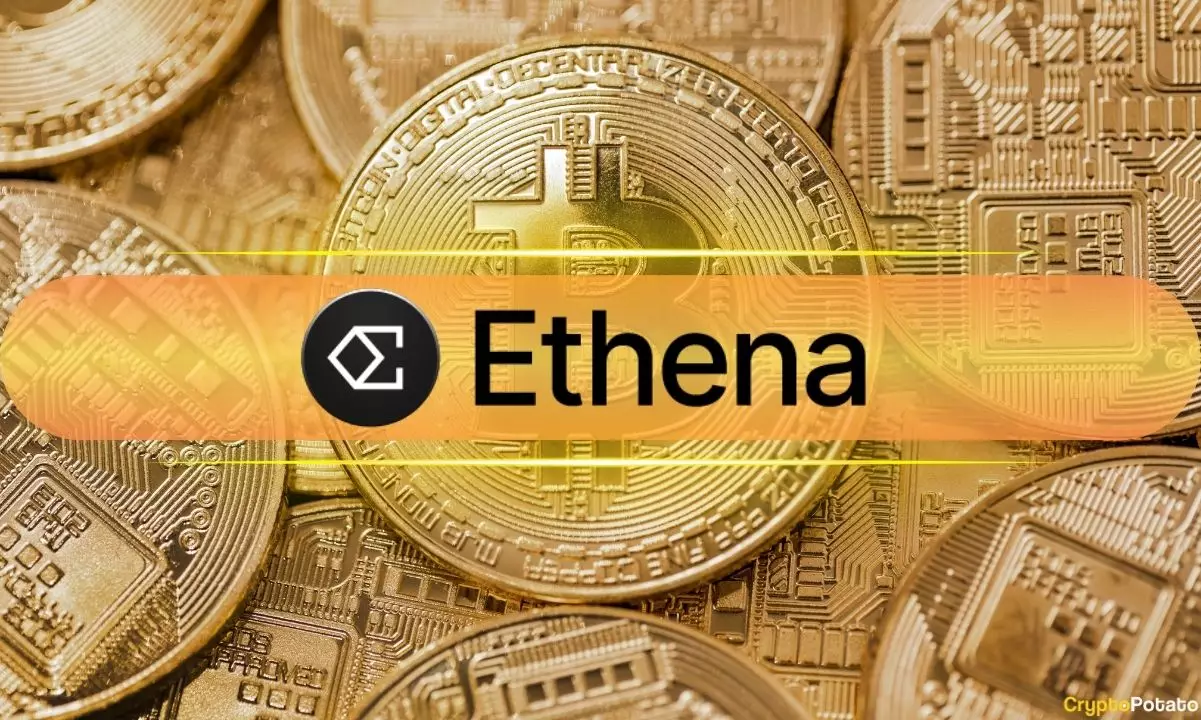Ethena, a synthetic dollar protocol on the Ethereum blockchain, has introduced the stablecoin USDe. The goal of USDe is to function as a censorship-resistant and scalable form of digital money pegged to the US dollar. Despite its rapid growth in market capitalization to over $2 billion since its launch, there are significant risks associated with this stablecoin protocol.
Funding Risks and Reserve Fund Analysis
One of the main challenges faced by USDe is the funding risks it encounters. This occurs when negative funding rates are required to balance out the price of perpetual futures and the underlying assets. CryptoQuant’s analysis indicates that Ethena’s current reserve fund of $32.7 million may be adequate to cover extremely negative funding rates as long as the market cap of USDe remains below $4 billion. However, as the market capitalization of USDe increases, the funding payments also grow larger, necessitating a larger reserve fund of $40 to $100 million for more significant market caps.
Another critical factor highlighted in the analysis is Ethena’s “keep rate,” which represents the portion of yield sent to reserves. This rate is essential for the growth of reserves in proportion to USDe’s market cap to withstand adverse market conditions. Ensuring that the reserve fund is appropriately sized for the market capitalization of USDe is crucial for handling periods of extreme negative funding rates effectively.
Market participants are rightfully cautious about algorithmic stablecoins, given the historical precedent set by the Terra/Luna ecosystem’s dramatic rise and subsequent collapse in 2022. This serves as a reminder of the potential risks involved in investing in such protocols. Additionally, the high yields offered by USDe, reaching up to 17%, have drawn comparisons to Terraform Lab’s UST stablecoin, which experienced significant volatility and losses in the past.
While Ethena’s USDe stablecoin protocol has shown rapid growth and attracted significant interest from investors, it is essential to be aware of the risks and challenges it faces. Monitoring the reserve fund’s adequacy in relation to the market capitalization of USDe, addressing funding risks, and ensuring sustainable growth in reserves are critical for the long-term viability of the protocol. By carefully considering these factors, investors can make informed decisions and mitigate potential risks associated with investing in USDe and similar algorithmic stablecoins.

